The Trump administration is reviewing an internal State Department recommendation that up to 36 additional nations be added to the president’s travel-ban system, according to a cable signed by Secretary of State Marco Rubio and distributed to U.S. embassies over the weekend. The document, seen by multiple news outlets, directs missions to alert the listed governments that they have 60 days to show measurable progress on identity-verification, passport integrity, and deportee-repatriation standards or face either a full suspension or a narrowed class-visa ban.
Current Baseline and Proposed List
On June 4 the White House reinstated a two-tier travel restriction that fully bars entry from 12 countries—Afghanistan, Burma, Chad, Republic of the Congo, Equatorial Guinea, Eritrea, Haiti, Iran, Libya, Somalia, Sudan, and Yemen—and partially limits seven more, including Cuba and Venezuela. The new cable raises the stakes by naming countries across Africa, the Caribbean, Asia, and the Pacific: Angola, Antigua and Barbuda, Benin, Bhutan, Burkina Faso, Cabo Verde, Cambodia, Cameroon, Côte d’Ivoire, Democratic Republic of Congo, Djibouti, Dominica, Egypt, Ethiopia, Gabon, The Gambia, Ghana, Kyrgyzstan, Liberia, Malawi, Mauritania, Niger, Nigeria, Saint Kitts and Nevis, Saint Lucia, São Tomé and Príncipe, Senegal, South Sudan, Syria, Tanzania, Tonga, Tuvalu, Uganda, Vanuatu, Zambia, and Zimbabwe.
Criteria Cited by the State Department
The memo outlines a dozen risk indicators, though not every criterion applies to every country. Key concerns include:
- Document reliability—weak civil-registry systems or easily forged passports.
- Visa overstays and high asylum-claim failure rates.
- Non-cooperation on removals—countries that routinely refuse to accept their nationals who are subject to U.S. deportation orders.
- Security and terrorism links—instances of citizens involved in extremist plots or violence in the United States.
- Antisemitic or anti-American activity on U.S. soil by nationals of the listed states.
Diplomats must collect an initial remediation plan from each government within seven days and a detailed compliance roadmap within 60.
National-Security Rationale
Administration officials say the review is the logical extension of the Supreme Court’s 2018 ruling that upheld the first-term travel ban, provided the executive branch uses an objective framework tied to national security. A senior Homeland Security official, speaking on background, noted that recent attacks—including the Boulder, Colorado firebombing carried out by an Egyptian national—underscore the need to “continuously harden the entry-screening process.” The official emphasized that exemptions for diplomats, humanitarian cases, and certain employment categories would mirror the waiver structure used in earlier proclamations.
Domestic and International Pushback
Civil-rights organizations condemned the potential expansion as discriminatory. Amnesty International called the proposal “racial profiling at a global scale,” and several congressional Democrats argue it targets predominantly Black and Muslim populations. Senator Adam Schiff said in a statement that the approach “revives a failed, symbolic policy that provides little added safety.” By contrast, Republican lawmakers who favor tighter immigration controls applauded the draft list and urged the administration to act quickly if benchmarks are missed.
Some foreign governments have already signaled concern. Egypt—an important U.S. security partner—received more than $1 billion in American military aid last year; an Egyptian Foreign Ministry spokesperson said Cairo would “engage constructively” but hoped the countries’ strategic relationship would be reflected in the final decision.
Implementation Mechanics and Legal Context
If President Trump issues a new proclamation, Homeland Security would update airline no-board instructions and U.S. Customs and Border Protection databases, typically within 48 hours. Travelers holding valid immigrant or non-immigrant visas at the time of issuance could still be denied boarding unless the proclamation expressly grandfathers existing documents. The administration believes the Supreme Court’s 2018 decision provides a solid legal precedent, but advocacy groups have indicated they would again seek preliminary injunctions in circuit courts.
Potential Economic and Social Impact
The 36 countries under review accounted for roughly 4 percent of all temporary U.S. visas issued in fiscal 2024—mostly students, business travelers, and tourists. Universities worry that additional restrictions could reduce graduate-program enrollment, particularly from Nigeria and Ghana. U.S. fruit and hospitality industries that rely on seasonal labor from the Caribbean and Pacific micro-states could also face worker shortages if full bans are imposed. Remittance flows—vital to several West African and island economies—might drop if travel channels tighten.
Timeline and Next Steps
- June 19–26: Embassies deliver initial compliance queries; governments submit short-form responses.
- Mid-August: 60-day benchmarks expire. A State–Homeland Security joint panel will then grade each country red, yellow, or green.
- Late August or early September: The White House decides whether to issue a proclamation listing non-compliant nations and specifying the scope (immigrant, diversity-lottery, or all visas).
Until the review concludes, existing entry rules remain in force. Administration officials stress that the list is “pre-decisional” and that some countries may satisfy U.S. requirements before the cutoff.
What’s Next
Whether the White House moves ahead will depend on bilateral negotiations and domestic political calculus. Supporters say broader restrictions close security gaps and pressure foreign governments to upgrade document security. Opponents warn of diplomatic fallout and renewed courtroom battles that could consume the remainder of Trump’s second term. With the compliance clock already ticking, the next two months will show whether the State Department’s warning is primarily leverage—or the prelude to the largest travel-ban expansion in U.S. history.


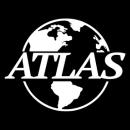
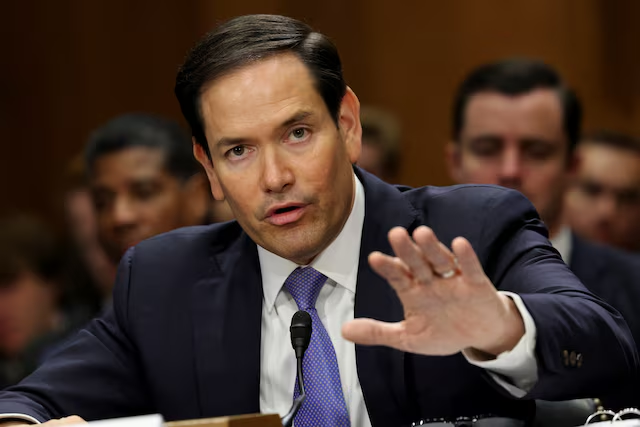


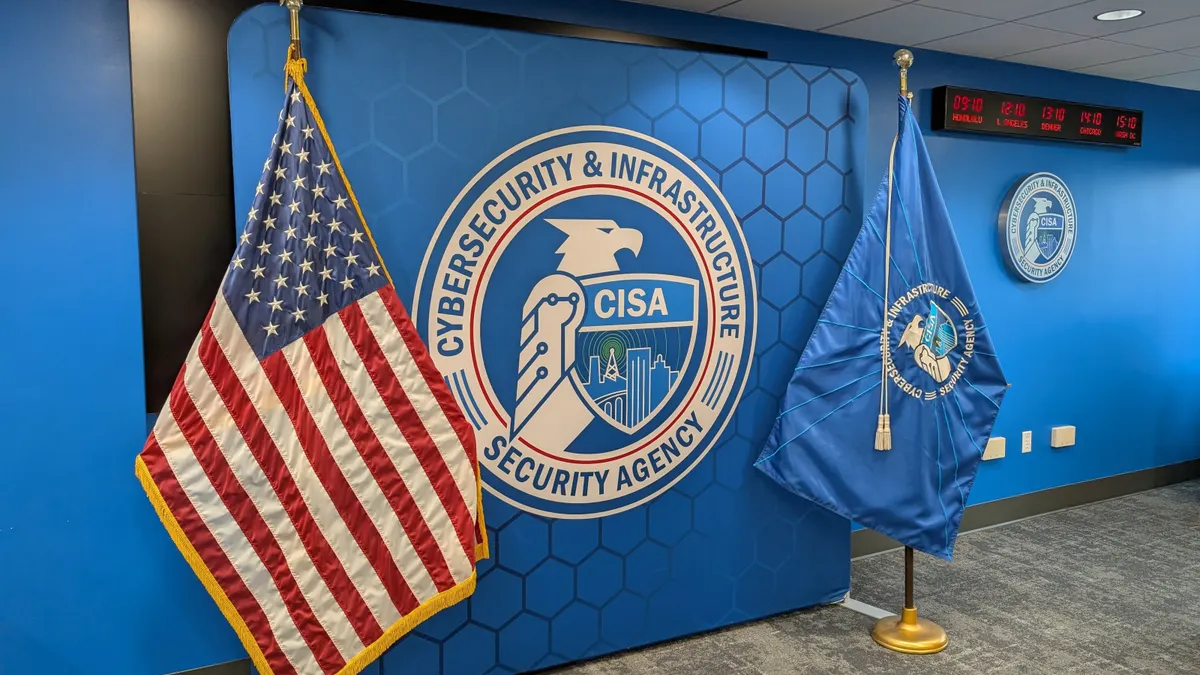
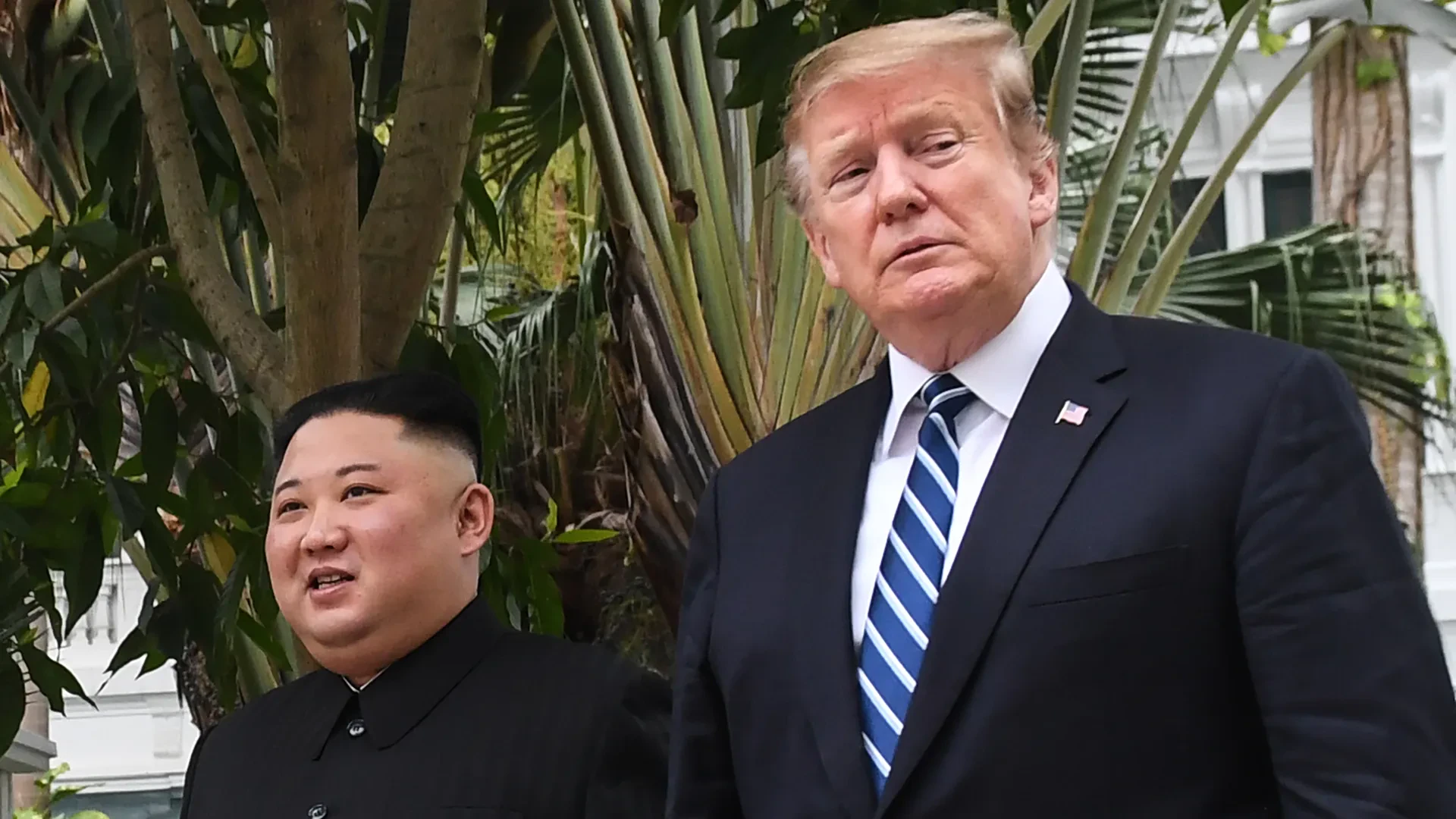


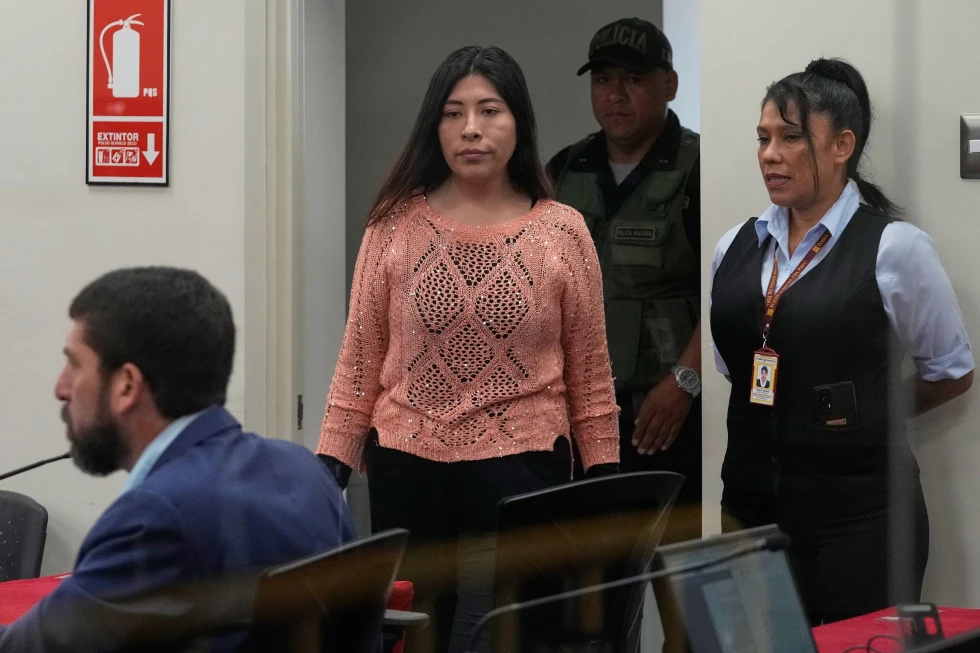


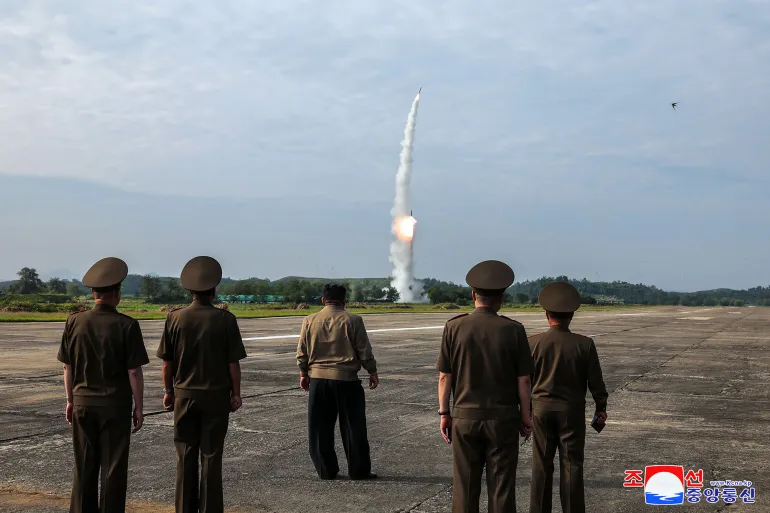

Discussion